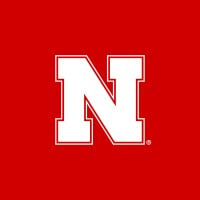
University of Nebraska-Lincoln
The University of Nebraska-Lincoln is the state’s flagship university and the intellectual center of the state of Nebraska. Like the university’s founders in 1869, students and faculty at Nebraska look challenges and opportunities in the eye, using fresh thinking and creativity to forge new paths. Our state’s expansive geography fosters a closeness and collaboration that makes way for solutions applied at home and around the world. This includes innovative public-private partnerships and a new research campus – Nebraska Innovation Campus – where business partners connect with faculty talent to transform ideas into innovations. Nebraska continues to grow in size and prominence. It welcomed its largest and most diverse incoming class in 2017 and ranked in the Top 10 of Springer Nature’s international list of Rising Stars in scientific research in 2016. The university has more than 26,000 students and more than 150 undergraduate and 135 graduate degree programs and is ranked as a best-value university by The Princeton Review, and the Fiske Guide to Colleges has repeatedly singled out the university for its academic strength and affordability. A top-tier research institution and member of the Big Ten Academic Alliance, Nebraska is a leader among the Association of Public and Land-grant Universities and is accredited by the Higher Learning Commission of the North Central Association of Colleges and Schools. As a pioneer in teaching and research, Nebraska leads an array of projects aimed at broadening knowledge and bettering lives around the world. In 2017, the Milken Institute ranked the university among the nation’s elite for its ability to drive economic growth by commercializing the work of its faculty. Optimism abounds at Nebraska, creating a spirit that breaks through conventions and tells the world that we are in the middle of everywhere. Community Guidelines: go.unl.edu/smcg






